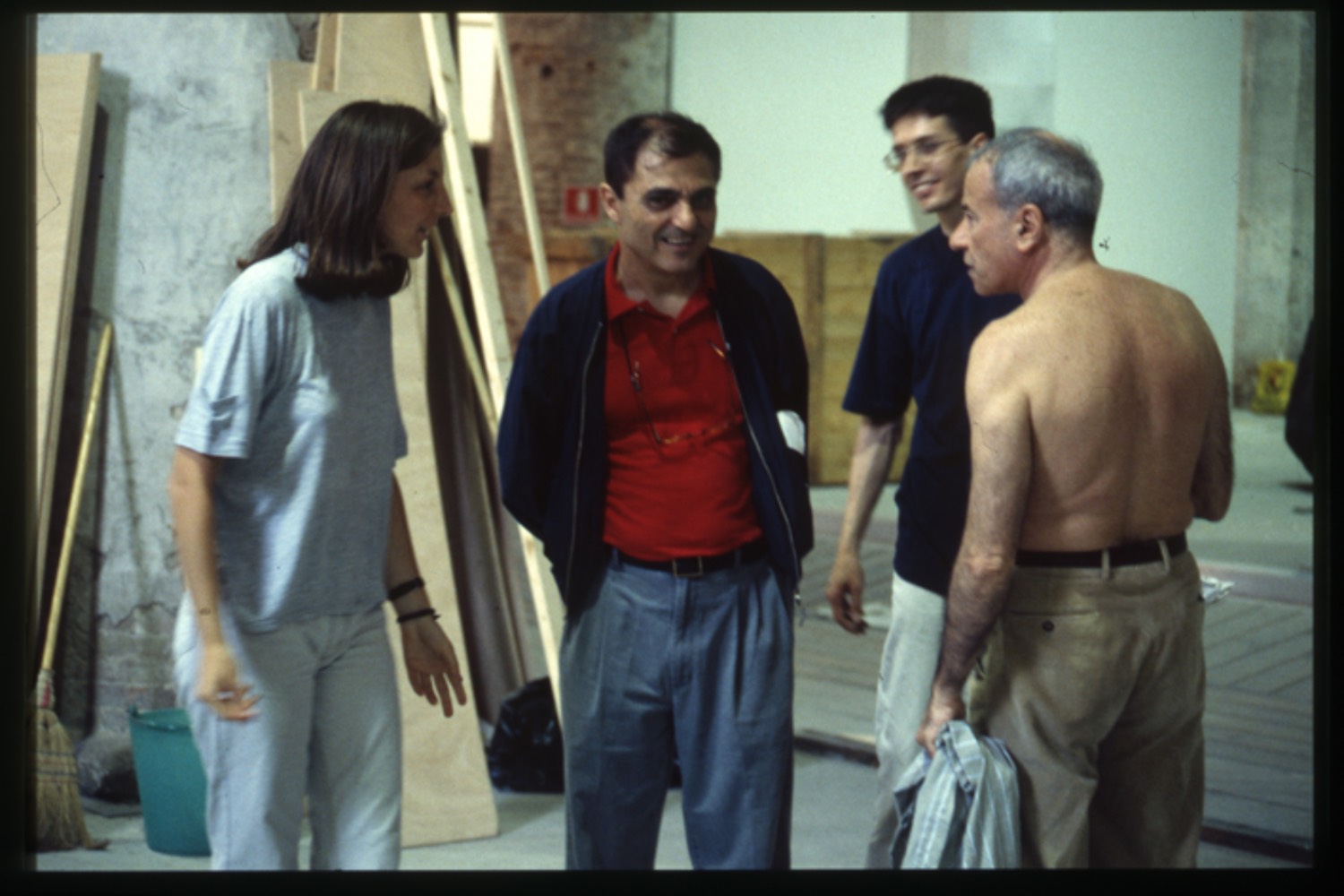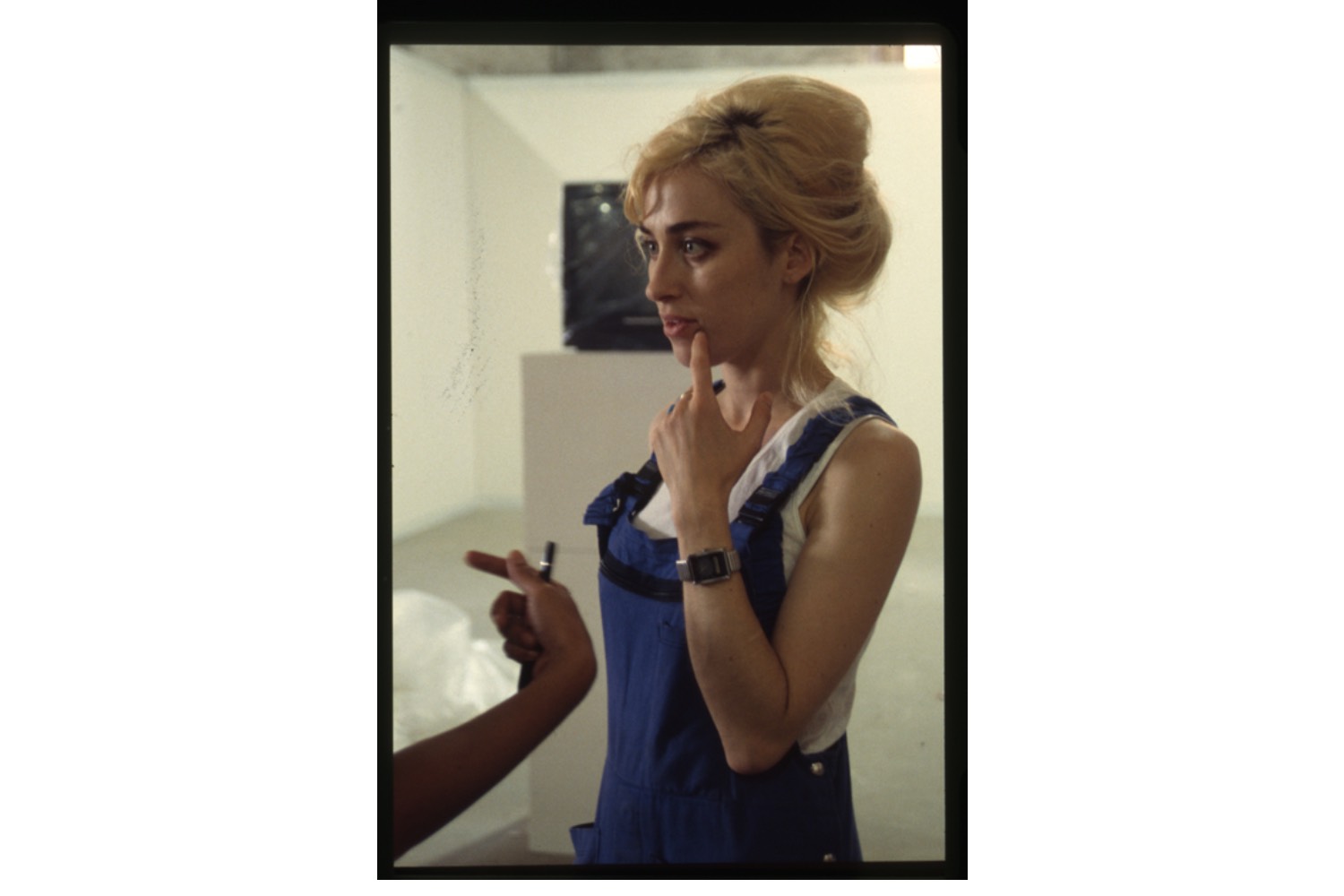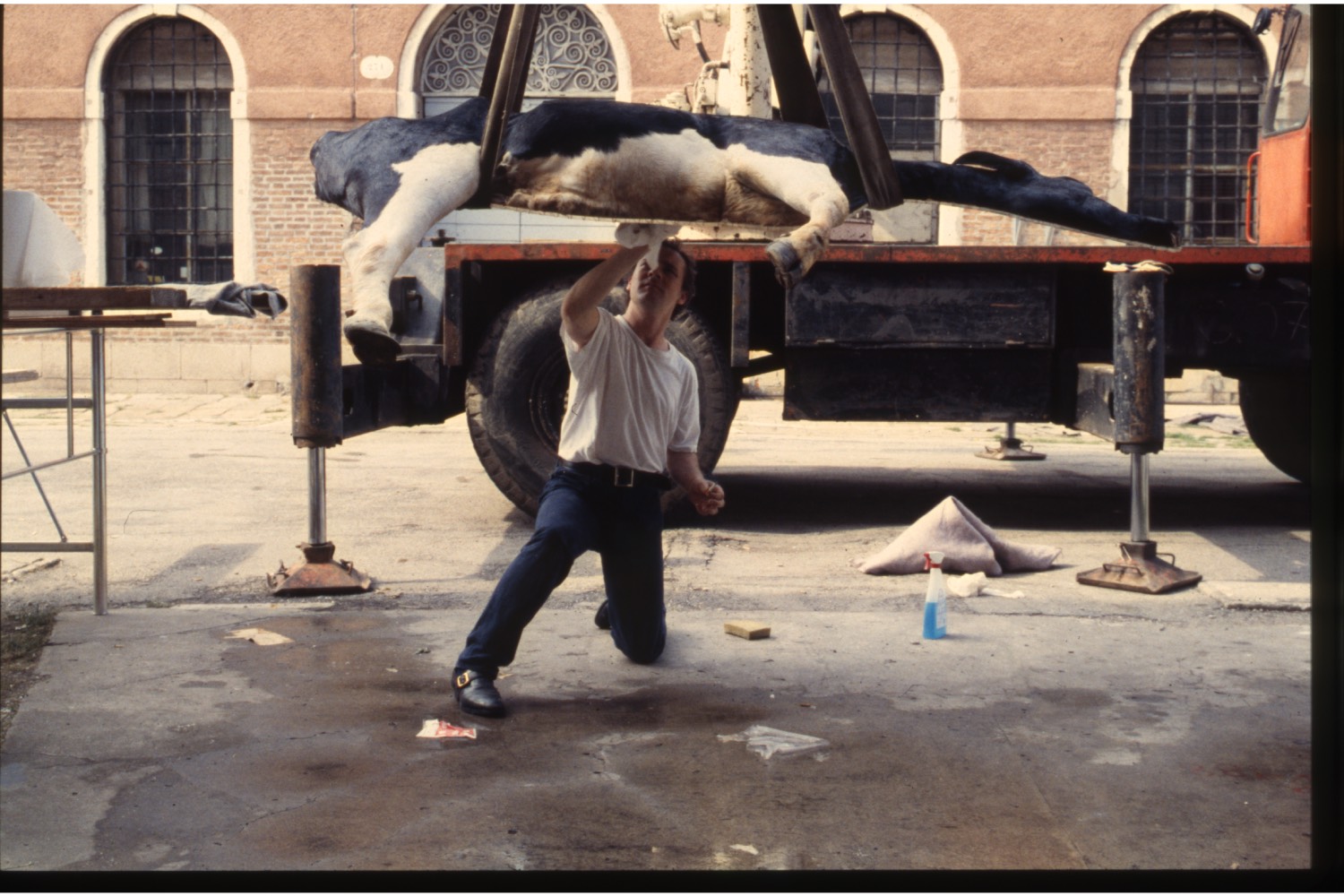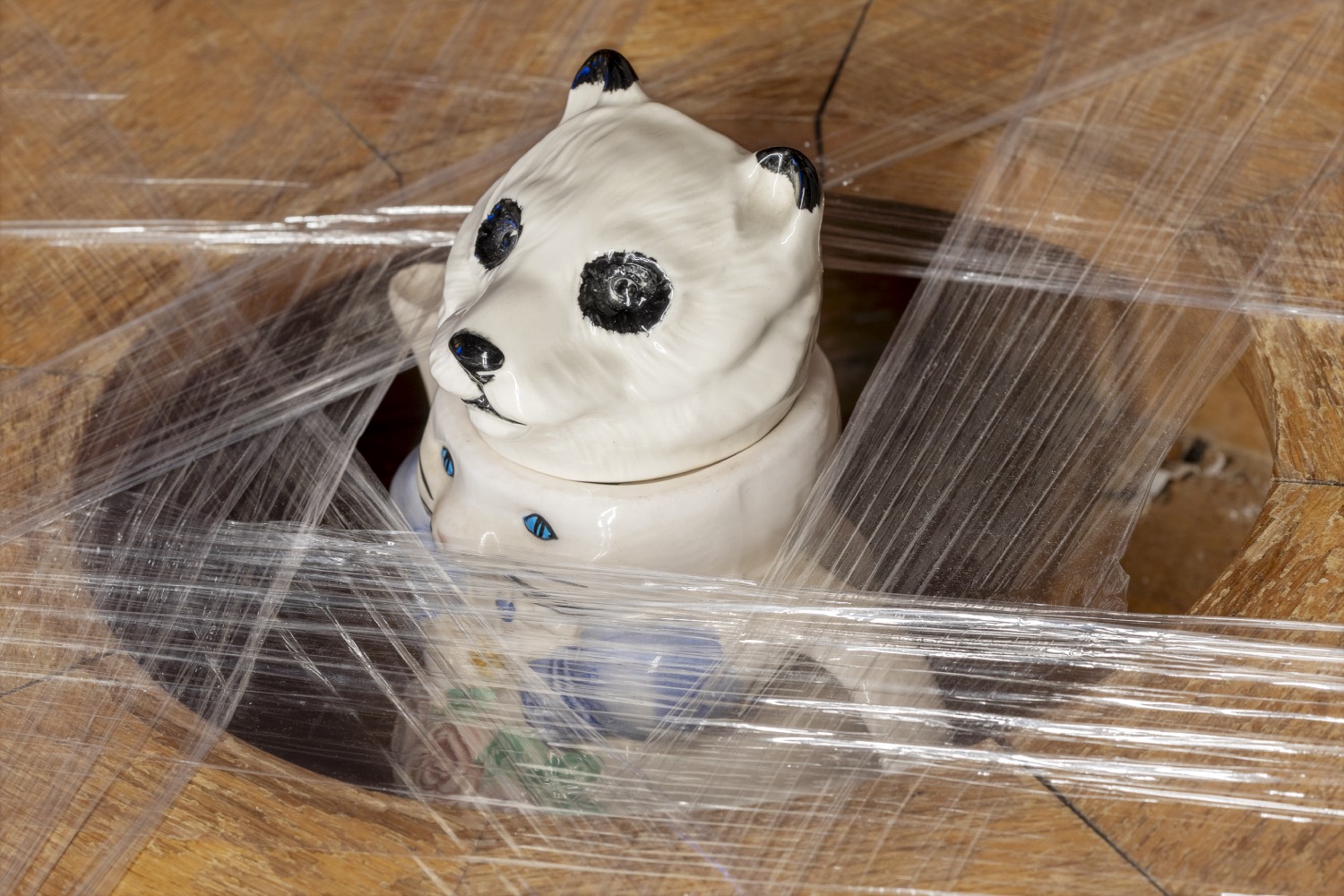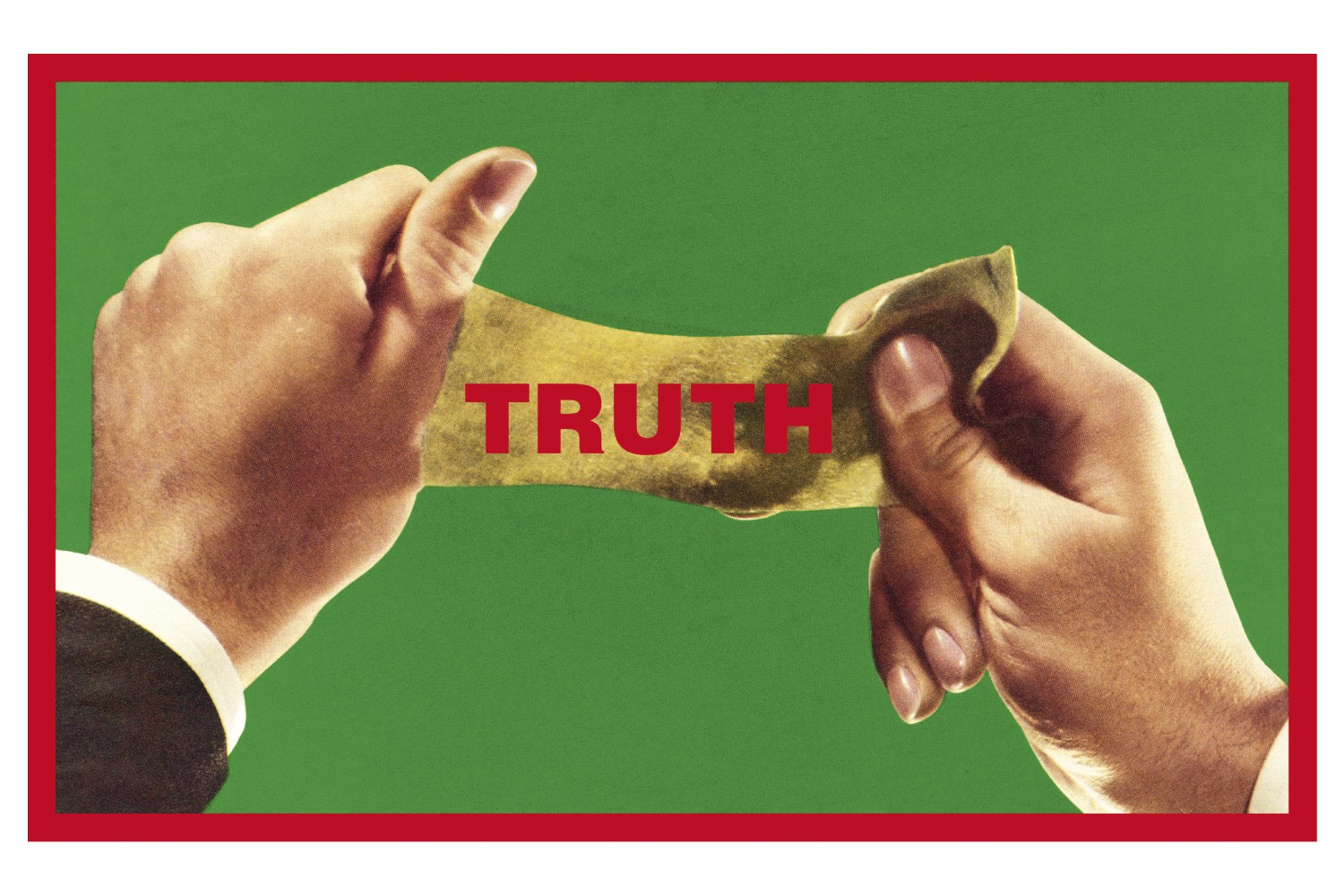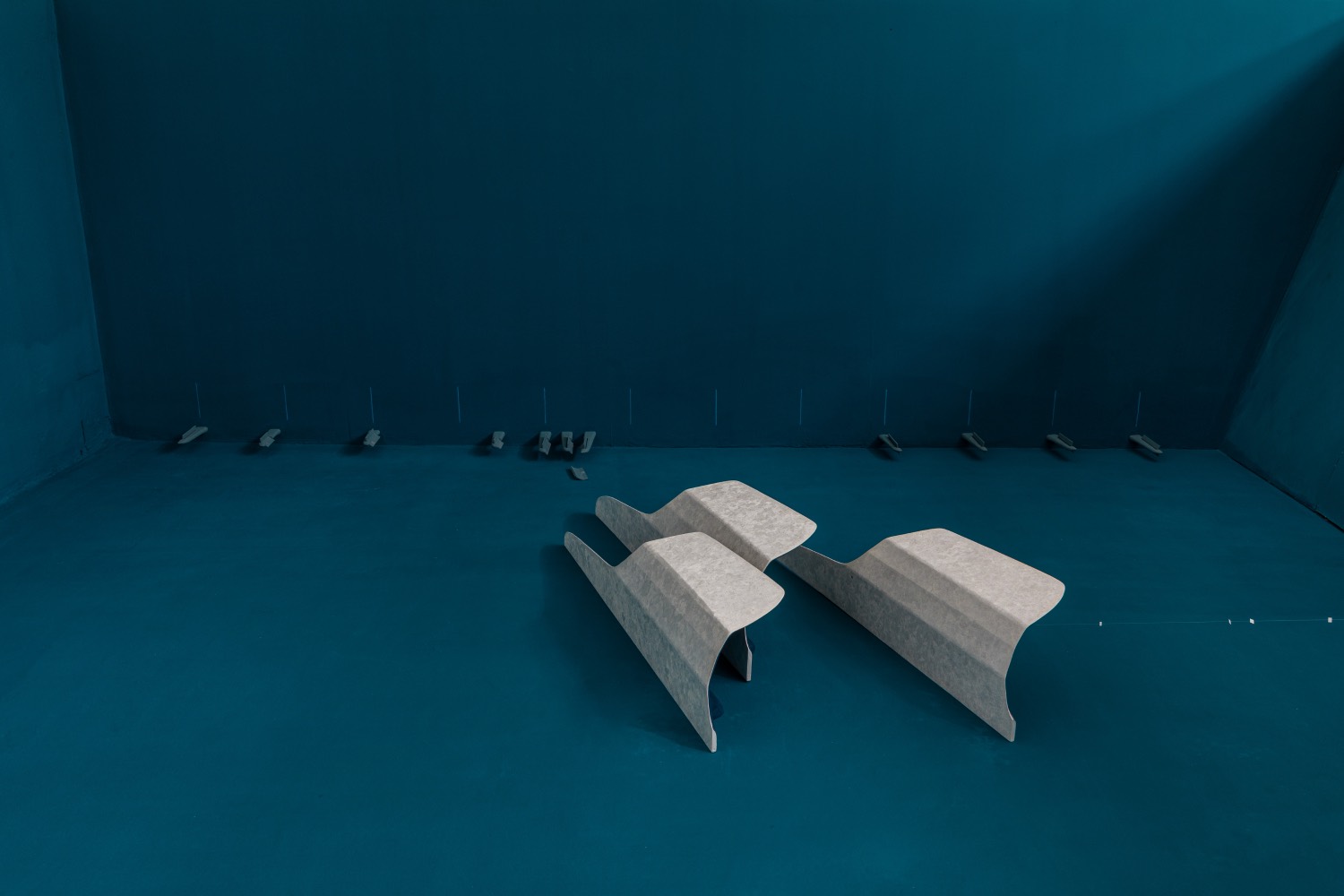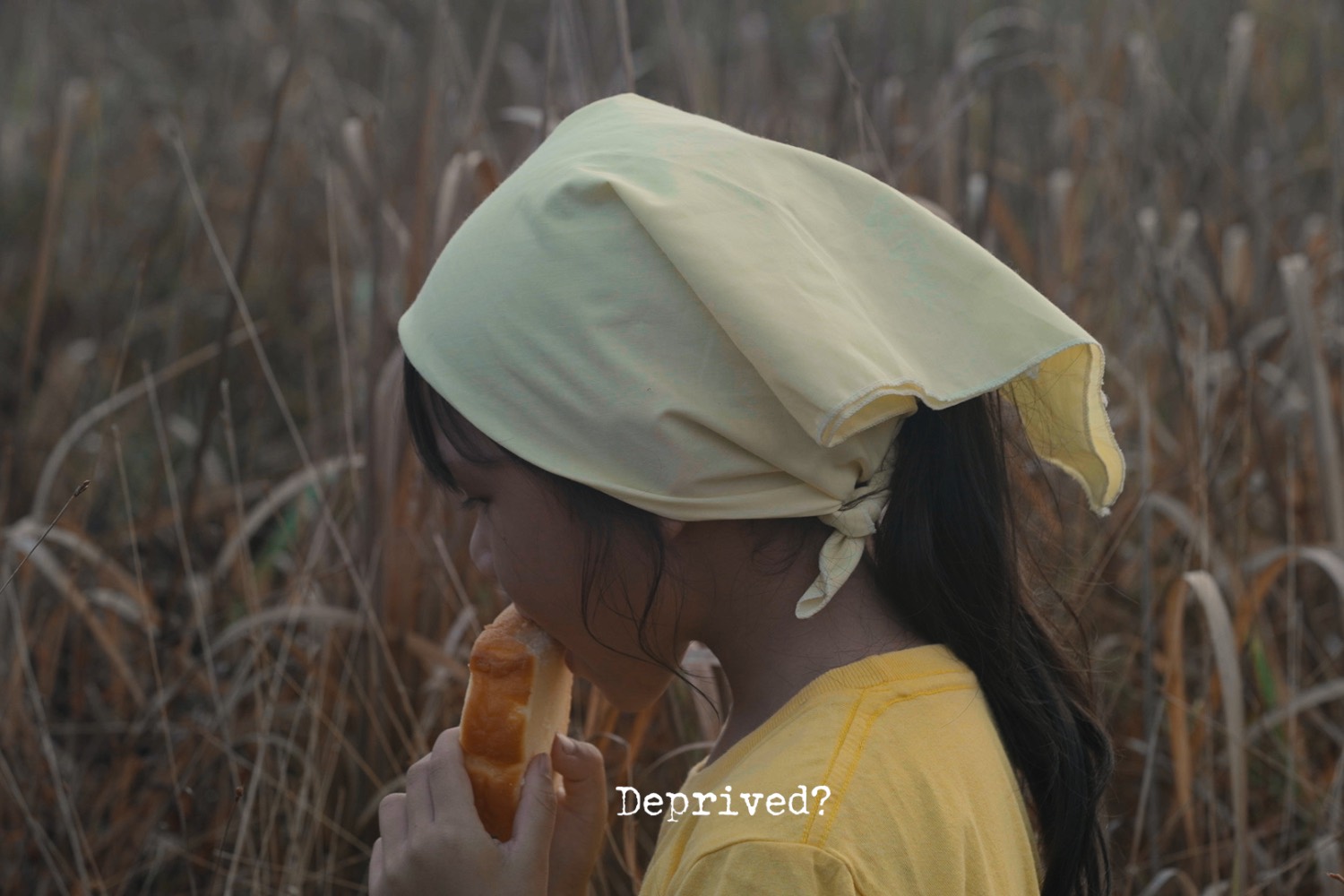Aperto ’93 set the artistic agenda for the 1990s. It is widely considered to have been one of the best presentations of emerging art in the recent history of the Venice Biennale.
The innovative structure of Aperto ’93 allowed for a wide range of curatorial perspectives. Achille Bonito Oliva, the director of the 45th Venice Biennale, appointed Helena Kontova, the editor of Flash Art, as the curator of Aperto. Flash Art was then the most influential source of information about new art. Through the magazine’s network of writers around the world, they reported on the latest artistic developments. Helena had the inspired idea of asking thirteen Flash Art contributors to each select eight to ten artists for Aperto, creating an exhibition featuring more than one hundred young artists from around the world who were shaping the artistic discourse. Actually, Helena had selected twelve co-curators; the thirteenth, supposedly a writer from Australia, seemed to have been a surrogate for Helena herself.
It was a brilliant curatorial concept. Nearly every artist who influenced the art of the 1990s was included in the project. Most of the curators knew each other, so it was a smooth and stimulating collaboration. The two weeks of installation remain one of the most exciting episodes of my career. All the curators and most of the artists were working together in the Corderie — a wide space on the south side of the Arsenale — and conversations continued through the night as we explored Venice together.
It turned out that Francesco Bonami and I had chosen mostly the same artists: Matthew Barney, Damien Hirst, Charles Ray, and several others. Reviewing the preliminary list of selected artists with Helena, I was discouraged to see an unfortunate lack of African American artists, Asian artists, and women. In 1993, the art world was not yet as global as it is now and was still narrow in terms of diversity. I decided to give over some of my selected artists to Bonami and refocused my list to favor African American, Asian, and women artists.
I added several Japanese artists to my section, including Yukinori Yanagi, whose giant grid of interconnected ant farm flags became a sensation. Janine Antoni presented her astonishing sculpture of fourteen self-portrait busts, seven cast from soap, caressed and reshaped by the artist in a bathtub, and seven cast from chocolate, sensuously licked by the artist. There was an incident during the exhibition when a visitor, struck by Stendhal syndrome, began licking one of the chocolate busts herself until a guard intervened. The work is now in the collection of the National Gallery of Art, Washington, DC. Janine had recommended that I include the Jamaican American artist Nari Ward, who was then a resident at the Studio Museum in Harlem. I was amazed by the ambitious sculptures that Nari was creating from discarded fire hose. For Aperto, he used fire hose to produce Exodus (1993), an abstracted shrine surrounded by dozens of enigmatic bundles of fabric and fire hoses.
Kiki Smith was one of my oldest friends in the art community. I asked her to make a major sculpture for Aperto. She created a remarkable but very challenging work, Mother/Child (1993), depicting a mother and her son both engaged in autoerotic activity. It was a shocking image, even for the liberally minded art audience. A serious problem arose when the admiral in charge of the Arsenale came by with his entourage prior to the opening to inspect the artworks. At the time, the Italian Navy still controlled the Arsenale and expected to have control over the content of the show. The admiral was outraged by Kiki Smith’s work and demanded its removal. Censorship of Kiki’s work would have caused a scandal in the art world, and we could not allow this to happen. The admiral would not listen to our explanations of the work and would not back down on his insistence on the removal of the work. In retrospect, I do not know how I accomplished this, but somehow after a frantic day of meetings with government ministers and Biennale organizers, Kiki’s transgressive sculpture remained in the show.
I remember when Achille Bonita Oliva strode through Aperto prior to the opening, imperious and bare chested, inspecting all works and giving his commentary. He looked at me approvingly and nodded toward Yanagi’s work, suggesting that I might anticipate some prizes. Not for me, but for the artist, he added. I am not sure if a Biennale director today could march through the exhibition bare chested without inciting protests.
Another scandal erupted around the Aperto catalogue. As an extension of Helena’s curatorial project, Flash Art produced an expansive book documenting the exhibition with essays by the curatorial team and additional writers, like Serge Daney, Ernesto Laclau, Slavoj Žižek, Michel Maffesoli, Stuart Schneiderman, Julia Kristeva, among others. I had spent several months on my own essay, which I was looking forward to sharing with the readers of the catalogue. The morning of the exhibition opening we were all shocked to learn that the catalogues had been confiscated and blocked from sale. Apparently, there was an agreement that we were not aware of. The Italian publisher of the official Biennale catalogue had negotiated an exclusive and would not allow any other Biennale catalogue to be distributed. The publisher would not consider any compromise. After demonstrating that all the written and photographic materials were sent and produced to be published in Flash Art’s book, the catalogue was released and distributed through the magazine’s network to all major specialized bookstores worldwide.
I had rented two floors of a palazzo to accommodate all the artists in my section. I hosted a party for the artists and their friends. It seemed liked the entire roster of Aperto showed up for the event. The circle of artists and curators with whom I connected during the 1993 Aperto remains central to my social circle today and continues to inform my artistic outlook.

